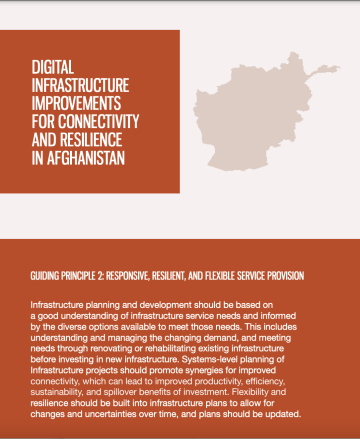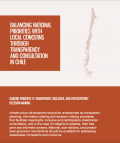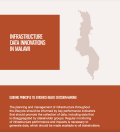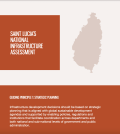
As a landlocked and mountainous country, Afghanistan faces significant connectivity challenges. After decades of protracted conflict and limited access to markets, many citizens cannot access government services, and face limited livelihood options. In recent years, in an effort to meet service needs and provide economic opportunities, Afghanistan has begun integrating digital infrastructure into strategic national planning and has taken steps to increase connectivity.
This case study illustrates Guiding Principle 2: Responsive, Resilient, And Flexible Service Provision and is part of a series of ten case studies which aim to inform the forthcoming wave of global infrastructure investment. Collectively, they specify and demonstrate how environmental, social and economic sustainability must be integrated right across infrastructure policymaking at the systems-level. The individual principles and case studies were developed via ongoing global consultation and inputs from experts and UN Member States, as part of implementation of the UN Environment Assembly (UNEA) Resolution 4/5 on Sustainable Infrastructure.
These publications have been made possible by the financial support of the Global Environment Facility, the Swiss Federal Office for the Environment, and the Partnership for Action on Green Economy.



